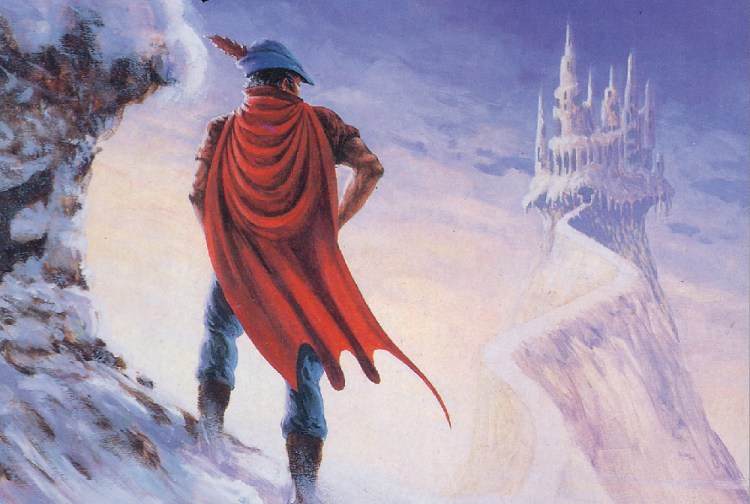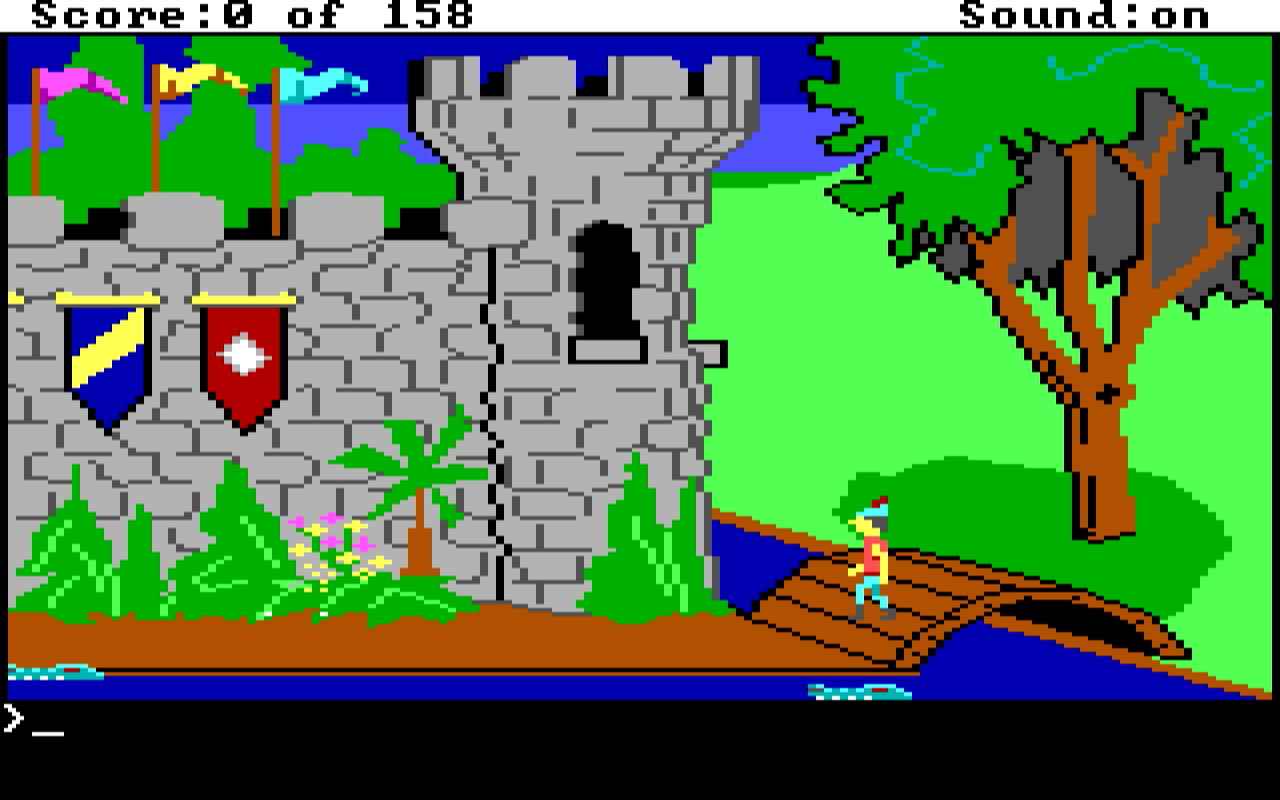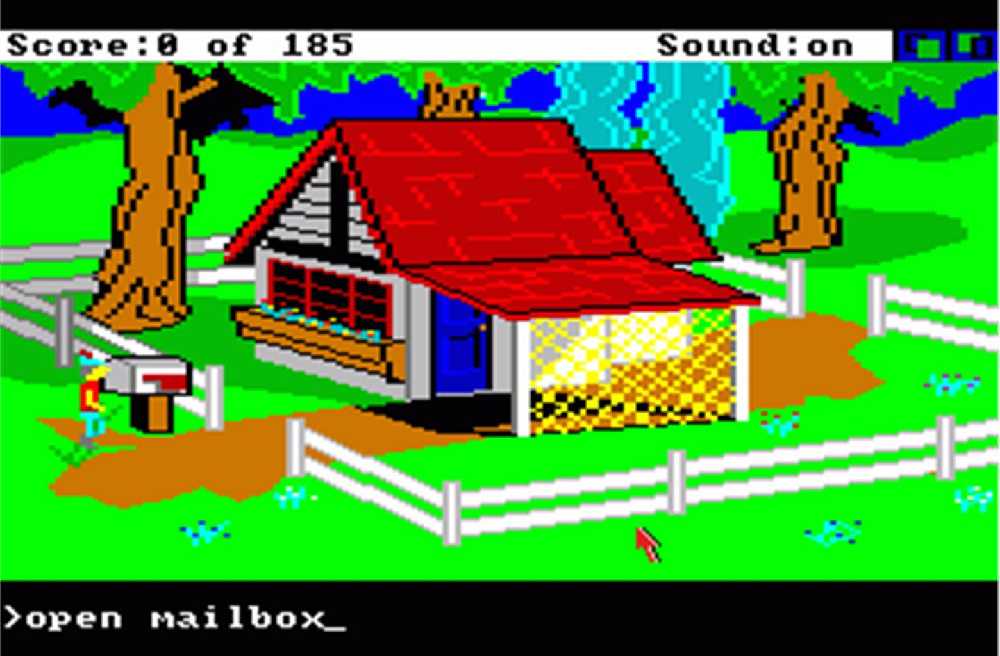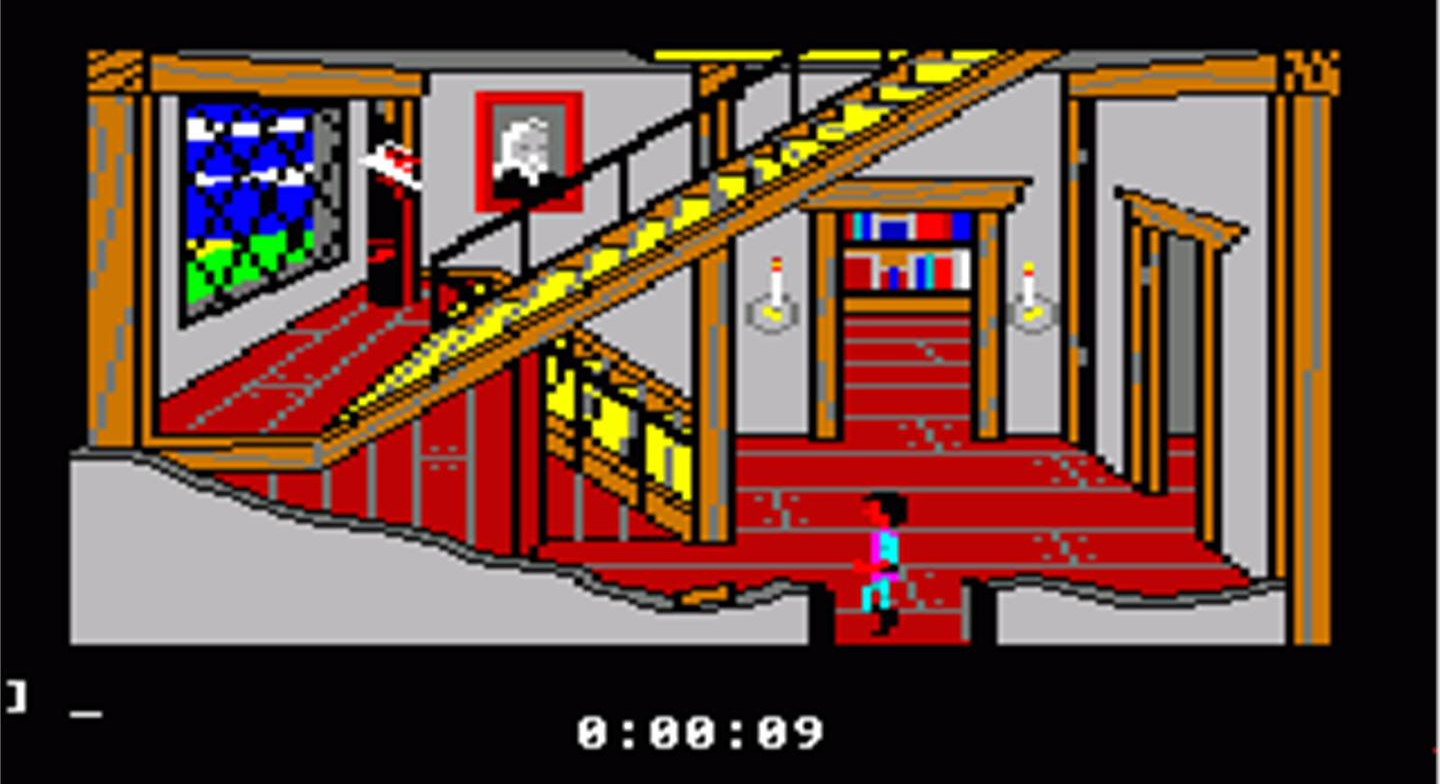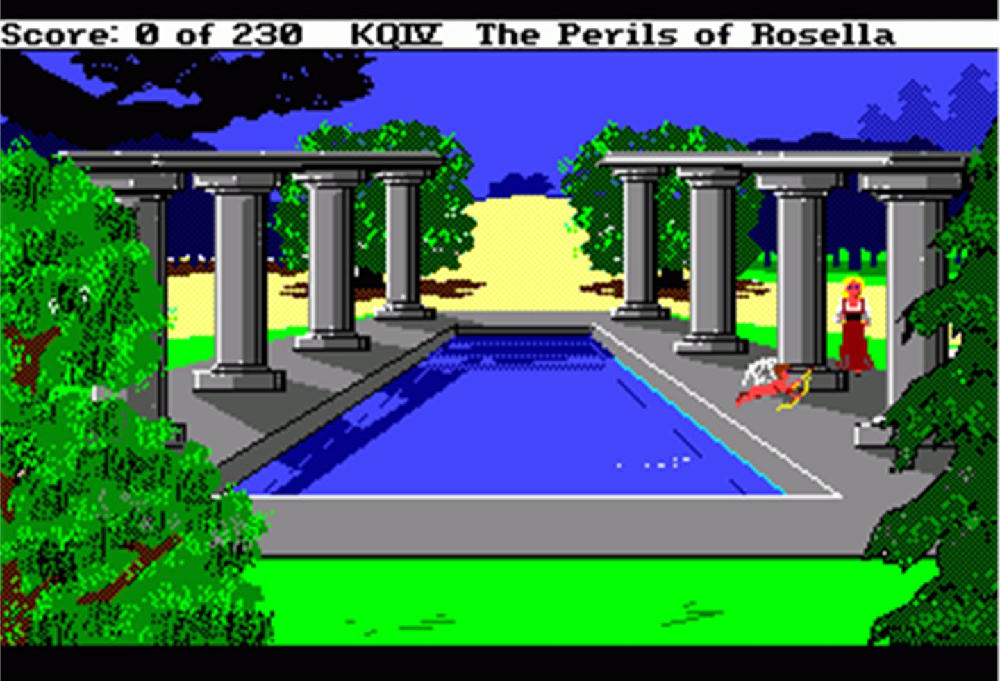The king has returned.
After an absence of over 15 years, the recently revived Sierra Entertainment is making a new King’s Quest. But why should you care? Well, King’s Quest was one of the oldest and longest-running series in the adventure gaming genre (which focuses on puzzle-solving by exploring and interacting with unique worlds). The brainchild of legendary game designer Roberta Williams, King’s Quest became a huge franchise with eight installments from 1983 to 1998.
So, yes, there’s a lot of King’s Quest out there. But don’t worry! We’re here to give you a little history lesson. So, if you’re wondering why people are happy to see this franchise revived, or if you need some refreshing (it has probably been awhile since most of us played one of these games), read on and enjoy.
King’s Quest: The Quest for the Crown
Release date: July 1983
The original King’s Quest might look extremely primitive by today’s standards, but it was a hugely ambitious game for its time, costing a whopping $700,000 and taking 18 months to make. Players could move around the world using the keyboard, but they still had to type in most of their commands (for example, “pick up stick”).
King’s Quest has a simple plot. The king of Daventry tasks his best knight, Sir Graham (the player character), to find three legendary treasures. If he does this, then Grahame becomes king. So, literally, you’re on a king’s quest.
Sierra remade King’s Quest in 1990 with better graphics and an expanded story. This was also the first time it received the Quest for the Crown subtitle.
Did you know?: King’s Quest was the first adventure game to use animated characters. Previous titles either used text or static images.
King’s Quest II: Romancing the Throne
Release date: May 1985
Graham, now king of Daventry, looks through a magic mirror and sees a lovely woman imprisoned in an ivory tower. So, of course, he sets off like the chivalrous dude he is and goes to save her.
King’s Quest II features gameplay and graphics similar to its predecessor although on a larger scale. It did, however, start the series’ trend of pun-tastic subtitles, with Romancing the Throne being an obvious play on the movie title Romancing the Stone.
Did you know?: Al Lowe created the music for King’s Quest II. He would later create the Leisure Suit Larry series of adventure games.
King’s Quest III: To Heir is Human
Release date: October 1986
A young lad, Gwydion, is kept against his will in the land of Llewdor by an evil wizard named Manannan. Gwydion escapes his imprisonment (by turning Manannan into a cat) and eventually travels to Daventry, where he rescues a princess that he eventually discovers is his sister. He also learns that he is the son of King Graham.
This is the first King’s Quest to not feature Graham as the player character, a controversial decision at the time, especially when Gwydion’s relationship to the first two games wasn’t revealed until toward the end of this story. To Heir is Human also featured auto-mapping, a first for the genre, which enabled players to instantly teleport to most locations that they’d already visited.
Did you know?: This time, Al Lowe was the lead programmer on To Heir is Human, just one year before the release of 1987’s Leisure Suit Larry in the Land of the Lounge Lizards.
King’s Quest IV: The Perils of Rosella
Release date: September 1988
With her father, King Graham, on the verge of death after a heart attack, Princess Rosella travels to the land of Tamir to recover a magical fruit that will cure him.
King’s Quest IV was notable for featuring a female protagonist, a rarity in adventure games at that time. It also used a 24-hour time cycle, meaning that the gameplay took place during real time. You had one day of in-game time to save your father and complete other quests.
Did you know?: King’s Quest IV was the first commercial PC game to support sound cards.
